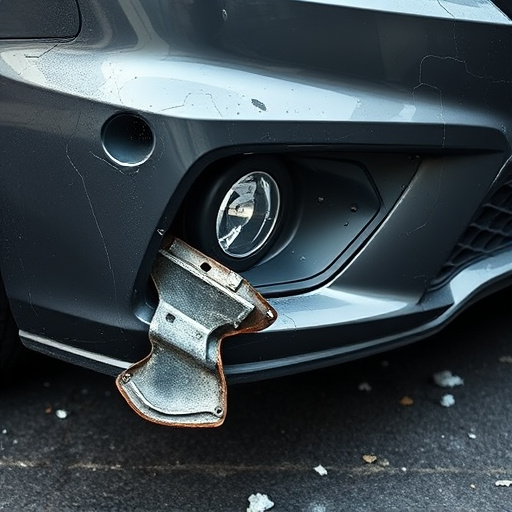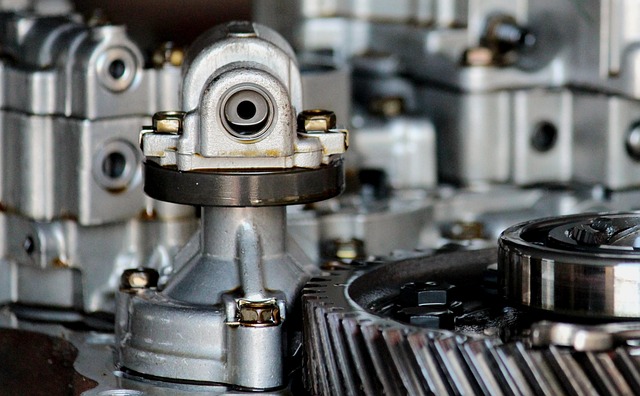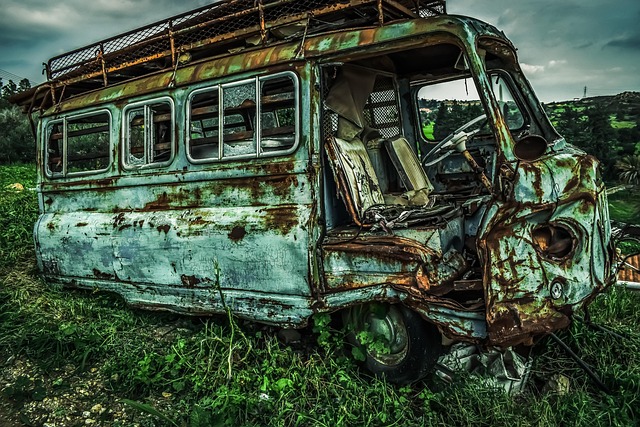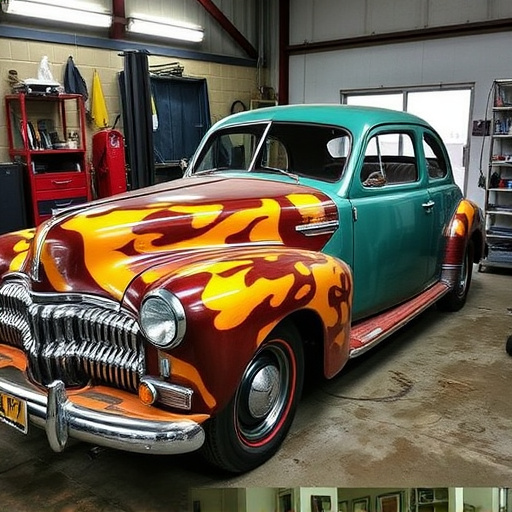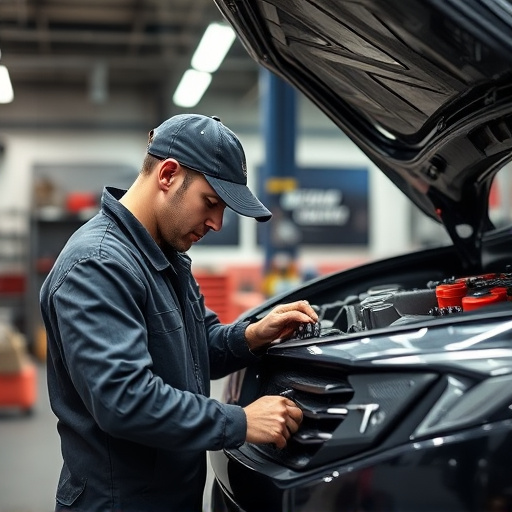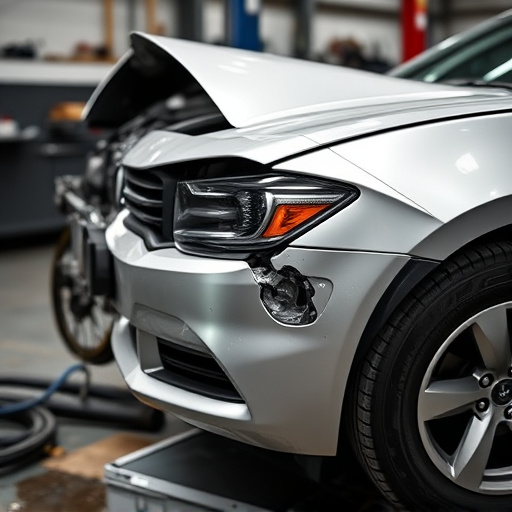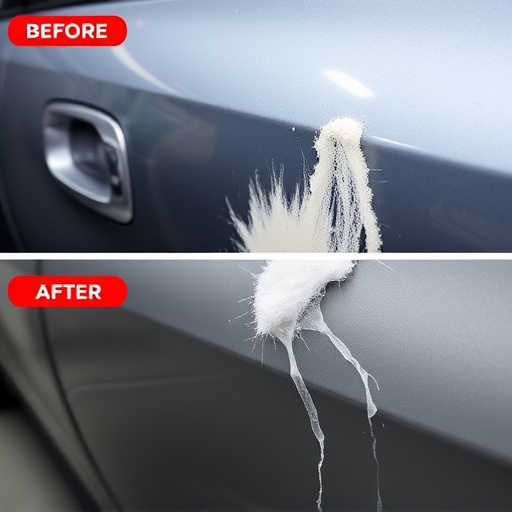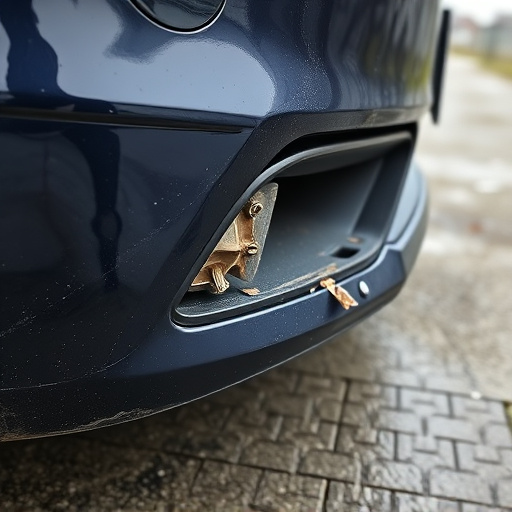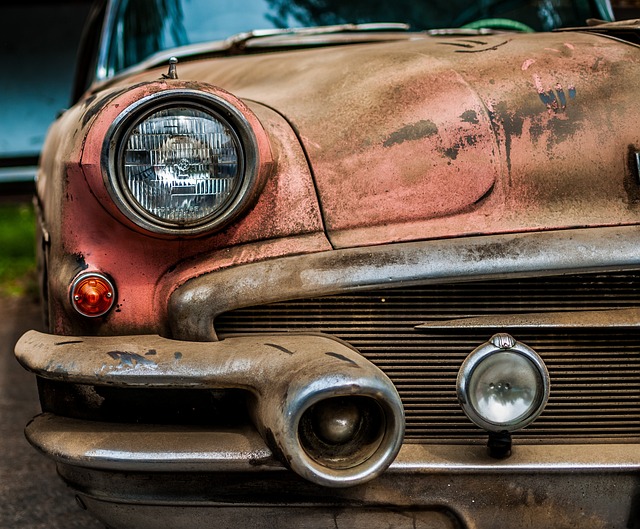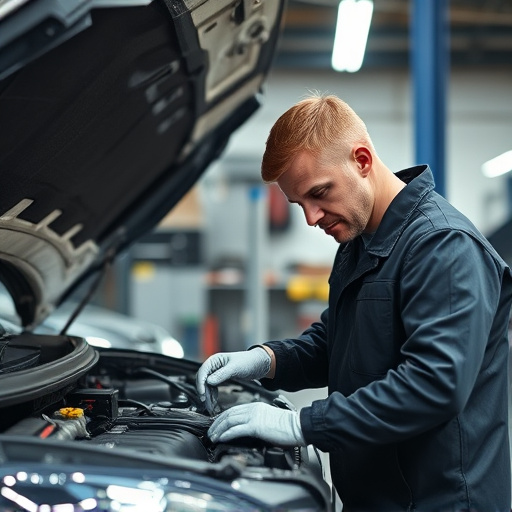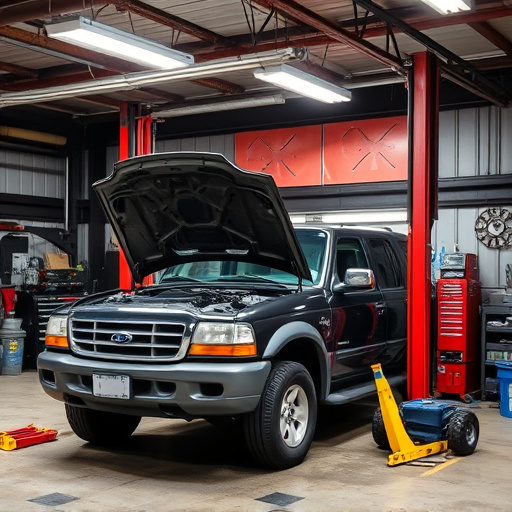Winter's harsh conditions cause rust damage to vehicles, especially in colder climates. As spring approaches, car owners seek professional rust repair services focusing on wheel wells, floor pans, and outer body panels. Specialized shops prepare for increased demand by stocking essential tools and materials, ensuring efficient response to winter damage emergencies. They offer quick fixes like scratch and hail damage repairs, as well as long-term strategies like underbody coatings for deeper structural issues, addressing critical rust repair needs post-winter.
As winter storms subside, many vehicles face a grim wake-up call in the form of rust damage. This season’s harsh conditions can leave telltale signs on metal components, prompting emergency rust repair needs. This article guides shop owners and mechanics through assessing post-winter rust hotspots, stocking essential tools for quick responses, and implementing effective strategies from temporary fixes to long-term solutions to keep customers’ vehicles safe and reliable.
- Assessing Winter's Impact: Common Rust Hotspots
- Preparing for Emergencies: Stocking Essential Tools
- Effective Strategies: Quick Fix and Long-Term Solutions
Assessing Winter's Impact: Common Rust Hotspots

Winter’s harsh conditions can leave vehicles susceptible to rust damage, especially in regions with colder climates where salt and sand are frequently used to deice roads. As spring approaches and temperatures rise, many car owners begin to assess the extent of winter’s impact on their vehicles. Common hotspots for rust include areas subject to frequent moisture and salt exposure, such as wheel wells, floor pans, and outer body panels. These parts are particularly vulnerable to corrosion due to their constant interaction with road debris and changing weather conditions.
Shops specializing in auto repair services, including vehicle repair services and rust repair after winter damage, often receive an influx of customers seeking solutions for these issues. By performing a thorough inspection, they can identify areas affected by rust and develop tailored strategies for effective rust repair. This may involve using specialized tools, chemicals, or manual techniques to remove damaged metal and prevent further corrosion, ensuring the vehicle’s longevity and safety on the road.
Preparing for Emergencies: Stocking Essential Tools
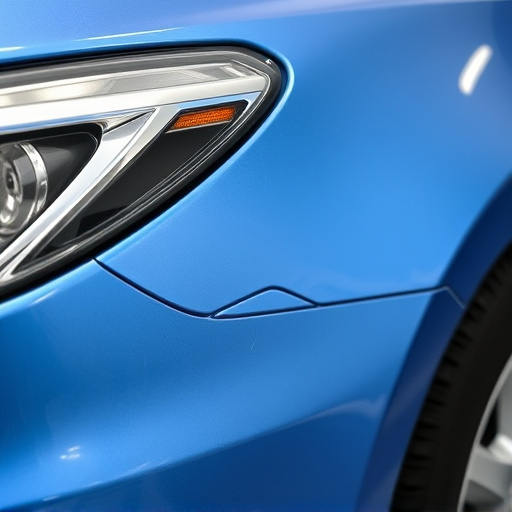
As winter storms wreak havoc on vehicles, shops must be prepared to handle unexpected rust repair needs post-season. This involves stocking essential tools and materials that can address common winter damage issues, such as rust formation due to salt and moisture exposure. By proactively gathering these resources, auto body repair centers can efficiently respond to customer emergencies and provide timely solutions.
Essential tools include specialized rust removal kits, sandpaper of various grits, primers designed for rusted surfaces, and a range of car paint services equipment. Having a well-equipped inventory ensures that mechanics in the collision center are ready to tackle rust repair after winter damage, offering convenient auto body repairs without causing further inconvenience to clients.
Effective Strategies: Quick Fix and Long-Term Solutions
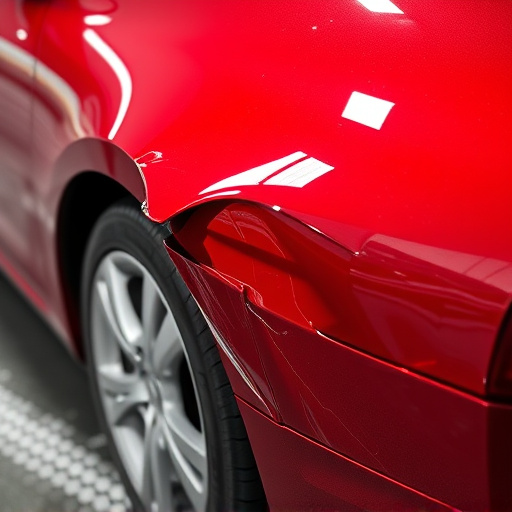
Post-winter, many vehicles suffer from rust repair needs, especially in regions with harsh climates. Auto repair shops employ effective strategies to address these issues, offering both quick fixes and long-term solutions. For immediate relief, shops provide scratch repair services to fix minor cosmetic dents and scratches caused by winter’s rough conditions, including hail damage repair for areas prone to storms.
However, for deeper structural rust problems, auto repair professionals recommend comprehensive assessments. They offer tailored long-term solutions like underbody coatings and protective treatments that prevent future corrosion. By combining these strategies, shops ensure vehicles are road-ready, safe, and protected against the elements, addressing critical rust repair after winter damage effectively.
As winter thaws, businesses must be prepared for the surge in emergency rust repair needs. By understanding common hotspots, keeping essential tools on hand, and employing effective strategies from quick fixes to long-term solutions, shops can efficiently address post-winter damage. This proactive approach ensures customer satisfaction and maintains the integrity of metal structures, making it a crucial step in preparing for the upcoming seasons.
